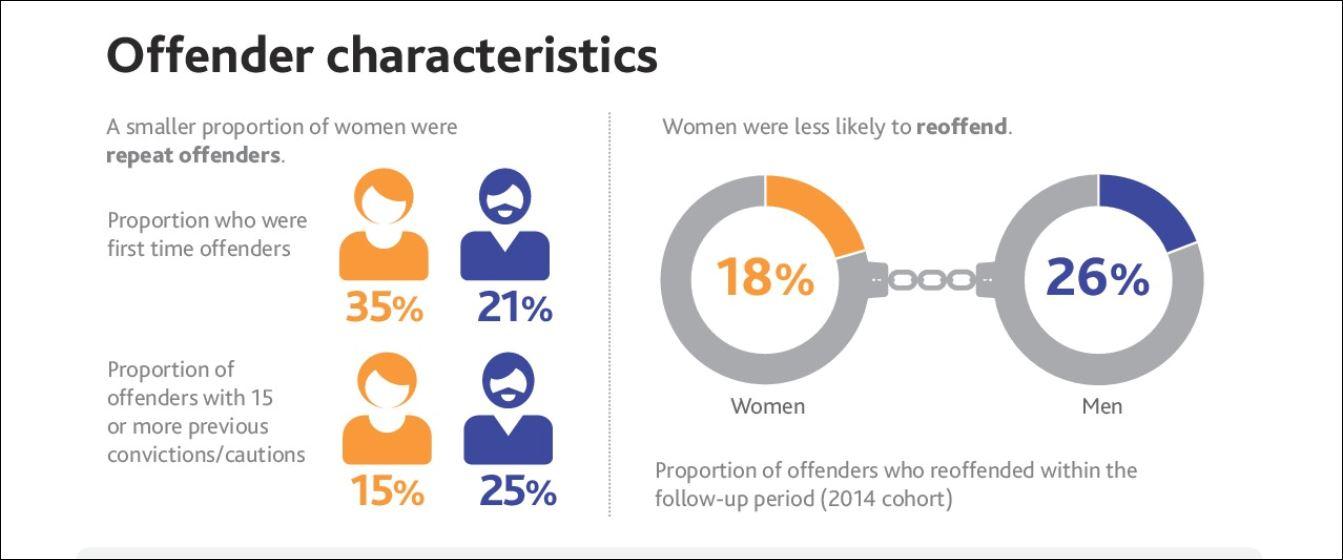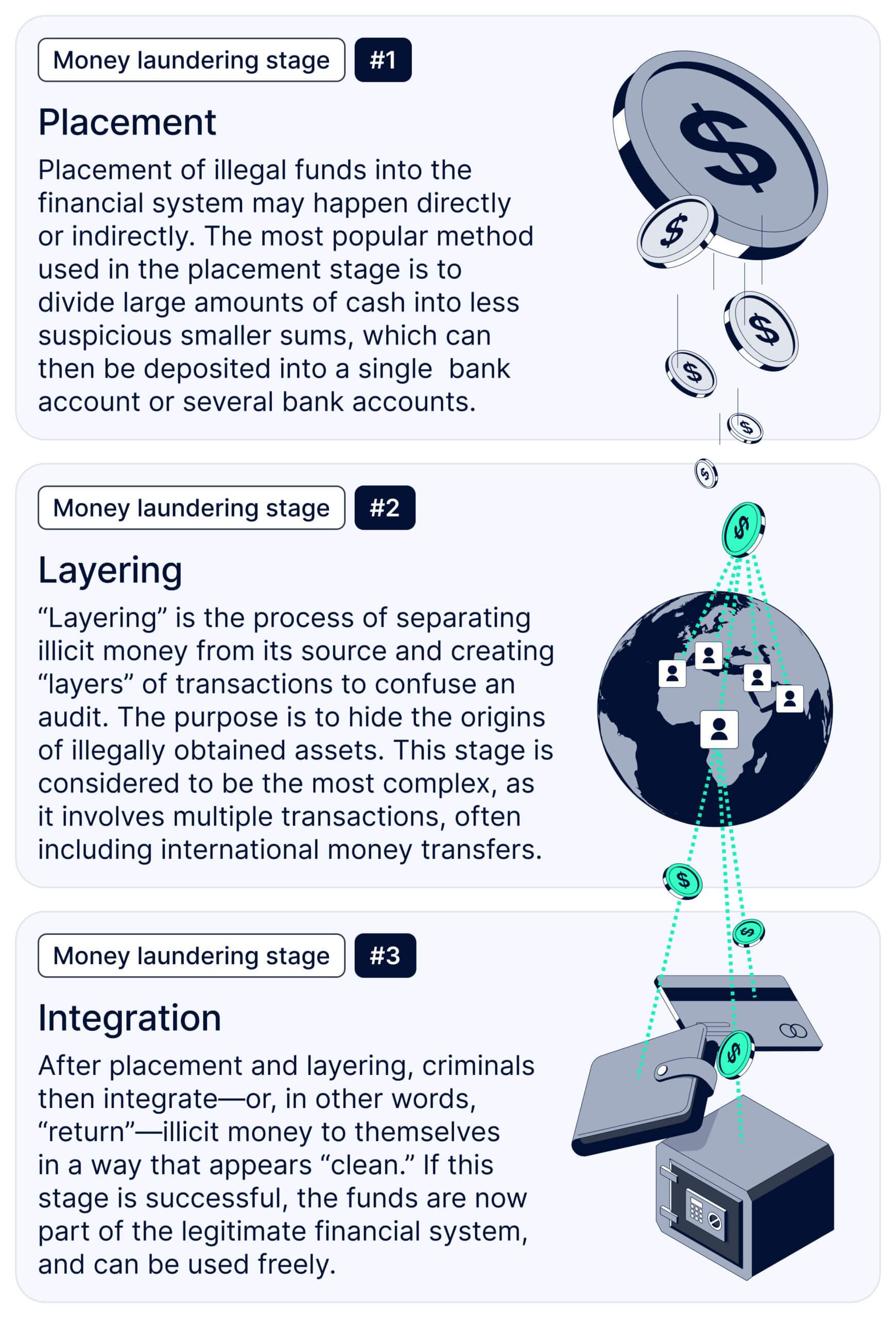Have you ever wondered why men and women seem to commit different types of crimes, or why their paths to breaking the law aren’t quite the same? It’s a fascinating question that touches on psychology, society, and even biology. Understanding these gender trends not only helps us grasp the roots of criminal behavior but also shines a light on the broader social dynamics at play. In this article, we’ll dive into why men and women commit crimes differently, exploring the patterns, the reasons behind them, and what this means for justice and rehabilitation. Let’s unravel this mystery together!
Table of Contents
- Why Gender May Shape the Motivations Behind Criminal Behavior
- Understanding the Sociocultural Factors Influencing Male and Female Offenders
- Exploring How Biological Differences Could Affect Crime Patterns
- Strategies for Tailoring Rehabilitation Programs Based on Gender Trends
- Future Outlook
Why Gender May Shape the Motivations Behind Criminal Behavior
The different motivations behind criminal acts among men and women often stem from an intricate web of social, psychological, and cultural factors. Society tends to mold gender roles from a young age, embedding distinct expectations for behavior and emotional expression. For instance, men may be more likely to commit crimes that involve aggression or dominance, influenced by societal norms that equate masculinity with power and control. Women, on the other hand, often face pressures rooted in caretaking roles and emotional labor, which can lead to different types of criminal behavior, such as theft or fraud, often motivated by survival or relational dynamics rather than overt confrontation.
Additionally, the motivations behind criminal activities could reflect varied coping strategies in response to trauma, economic hardship, or social marginalization. Consider these factors that might influence gendered motivations:
- Economic influences: Men might resort to crimes related to status or control, while women might commit crimes linked to providing for dependents.
- Emotional expression: Societal constraints on male vulnerability can lead to outward aggression, whereas women may internalize stress and act out through less direct offenses.
- Social support networks: Women often maintain stronger interpersonal bonds which can mitigate crime but also lead to offenses within trusted circles.
Understanding these nuanced motivations underscores why one-size-fits-all approaches in criminal justice systems might overlook critical gender-specific factors essential for prevention and rehabilitation.
Understanding the Sociocultural Factors Influencing Male and Female Offenders
To truly grasp why men and women often tread divergent paths in criminal behavior, we must peel back the layers of societal expectations and cultural norms surrounding gender roles. From an early age, males and females are subtly guided by distinct narratives about power, aggression, and vulnerability. For men, social frameworks often valorize strength and dominance, sometimes normalizing risky or confrontational behavior as a rite of passage. In contrast, women are frequently encouraged to embody nurturing and submissiveness, which can shape both the type and frequency of offenses committed. These ingrained stereotypes play a crucial role in not only influencing who commits crime but also how they’re perceived and treated by the justice system.
Additionally, socio-economic conditions intertwine with gendered experiences to further complicate this landscape. Factors such as:
- Access to education and employment, which often varies by gender and influences opportunities for both legal success and criminal involvement,
- Exposure to domestic environments where violence or neglect may normalize certain behaviors in men and women differently,
- Community support networks and how they allow or restrict pathways to rehabilitation and reintegration,
All weave a complex sociocultural fabric that shapes why men and women commit crimes in distinct ways. Understanding these differences challenges us to rethink crime prevention and intervention strategies with a more empathetic and tailored approach.
Exploring How Biological Differences Could Affect Crime Patterns
Biological differences between men and women, such as hormonal variances, brain structure, and genetic factors, have long been subjects of curiosity when examining crime patterns. For instance, testosterone, often linked to aggression and risk-taking behaviors, tends to be much higher in men, which some researchers argue could partially explain why men are statistically more likely to engage in violent crimes. On the other hand, variations in brain regions responsible for impulse control and emotional regulation might influence how women approach conflict and stress, potentially leading to different types of offenses or less frequent involvement in violent acts.
While biology offers intriguing clues, it’s essential to recognize that these factors do not operate in isolation. Social environment, cultural norms, and upbringing heavily intersect with biology to shape behavioral outcomes. Some of the fascinating considerations include:
- Neurochemical responses: Differences in neurotransmitters like serotonin can affect aggression and mood regulation.
- Evolutionary psychology: How ancestral roles may have influenced gender-specific behavioral adaptations.
- Stress response systems: Distinct ways men and women physiologically respond to stressors that might lead to criminal acts.
These layers of complexity invite us to think beyond stereotypes and delve deeper into understanding crime as a multifaceted human behavior influenced subtly yet significantly by biology.
Strategies for Tailoring Rehabilitation Programs Based on Gender Trends
Understanding the distinct pathways men and women take into criminal behavior is crucial for crafting effective rehabilitation programs. Men often exhibit externalizing behaviors – such as aggression and property offenses – which call for interventions focusing on anger management, impulse control, and vocational training to channel physical energy constructively. Conversely, women tend to engage in crimes related to relational or economic pressures, often intertwined with experiences of trauma or mental health challenges. Rehabilitation efforts for women must therefore incorporate trauma-informed care, mental health support, and community reintegration strategies that emphasize rebuilding family connections and social support systems.
Tailoring rehabilitation programs to gender trends means acknowledging and addressing these fundamental differences through:
- Gender-responsive counseling that respects emotional expression styles and communication preferences.
- Creating safe spaces that reduce stigma and foster empowerment, particularly for women survivors of abuse.
- Engaging peer support networks which can be especially impactful across genders but need to be structured differently.
- Skill-building activities aligned with economic opportunities relevant to each gender’s realities.
By integrating these nuanced elements, rehabilitation programs can evolve into transformative experiences that not only reduce recidivism but also promote genuine healing and societal reintegration.
Future Outlook
As we’ve seen, the reasons behind why men and women commit crimes differently are as complex as they are fascinating. From societal expectations and psychological factors to economic opportunities and cultural norms, these influences shape patterns of behavior in unique ways. Understanding these gender trends not only helps us grasp the bigger picture of crime but also pushes us to question how justice systems can adapt to better address the needs of everyone. So next time you come across a headline, maybe you’ll pause and wonder – what’s really going on beneath the surface? The exploration is far from over, and that curiosity is where the most meaningful insights begin.










